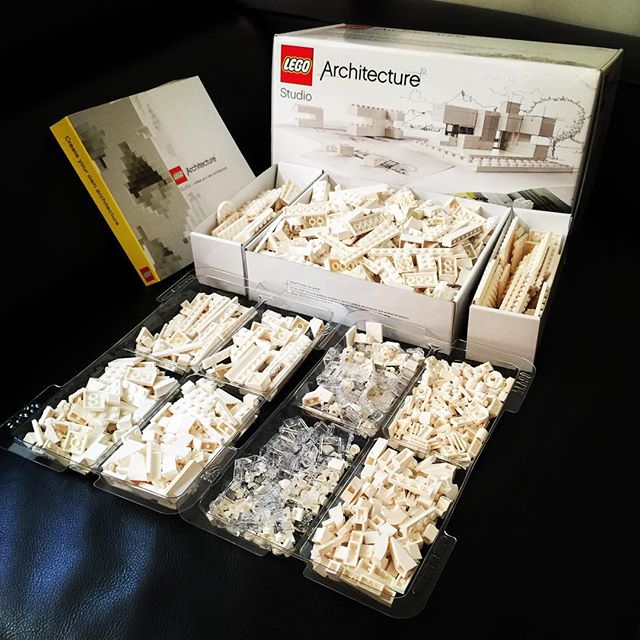Growing from a Product Manager to a Manager of Products

Here’s an interesting learning when I started my current role in my first month two years back. During that time, I have to reset my intuition about products within an organisation from a product to an omni-channel view of products. In short, there’s a fundamental difference between being a product manager and a manager of products. The unfortunate reality is that most product managers I have encountered, failed this transition after speaking to many of them. In the process of working with my product managers, I have discovered this difference and here are some thoughts to how one must learn to transition from a product manager to a manager of products.
Let’s start by looking at the two perspectives from product managers to manager of products.
Product Manager: The responsibility of the product manager is to ensure the product/service market fit, and allocate the appropriate resources given to achieve commercial success. In a start-up at an early stage with 1–5 employees, the CEO is a product manager and hence the focus to achieve the product/service fit with the market, and build the scalable revenues. However, a product manager in a corporation has a different perspective. It is likely that the corporate product manager need to compete for budgets, and because of key performance indicators (KPI), the product manager live and die by the product, and sometimes, depending on the bureaucracy and politics of the organization, it creates a siege mentality for the product manager and his or her team and result in the lack of collaboration with other product managers. It is in this light that the product manager cannot transition into a manager of products.
Manager of Products: In simplicity, when you graduate from a product manager to a manager or head of a business unit, you become a manager of products. An implicit transition that happened in this change is that you inherit a portfolio of products/services where their performances are varied. The natural instinct is to cut the losses and remove the under-performing units. Here lies the dilemma — sometimes, a product or service is under-performing because of lack of resources and if the product or service has the capacity to leapfrog the entire organization across the S curve, cutting the product out of the entire portfolio can help the manager’s P&L for the short term but inevitably destroy the organization in the long term. Here lies the challenge for every manager of products where they have to allocate resources in a more holistic manner.
In my perspective, I have to make a mindset change very quickly. Here is a framework which I have adapted in my approach as a manager of products:
- Think strategically and long term: While it is easy to do a cost-benefit analysis of a product and axe a product to save costs, it is important to start by looking at what the industry will evolve in the next 5–10 years. Once you have a longer term objective, you can work backwards to how your products will change over time. Sometimes, it results in finding the missing dots that can connect.
- Think omni-channel: Your objective as the manager of products is to ensure that customers access your services seamlessly and easily. Hence you need to build a omni-channel approach to how you can deploy your product and service to the market via sales and business development. On the engineering end, you need to think about how the access points work. Five years ago, mobile is not even a channel to begin with, but now it is the most important channel and getting that moment of time from the customer to use your application.
- Think about managing the transition of disruption & not the disruption: It is also the responsibility of the manager of products to figure out how to get more resources to make investments for the future. The most difficult transition for any organisation is to stick to a physical channel because it is building huge chunks of revenues and let the disruptor die, only to discover that it becomes a problem in a few years time. Focus on the small wins while maintaining the big picture within your frame of reference.
In short, when you become a manager of products, your perspective has to shift, and the best way which I have always told everyone who I have mentored: “Learn from everyone, follow no one, observe the patterns & work like hell”.


